An explanation of Muslim, Arabs, Moors, Mozarabs, Conversos, Mudéjars and Moriscos in Andalucia
By Nick Nutter | Updated 11 Apr 2023 | Andalucia | History |
Login to add to YOUR Favourites or Read Later
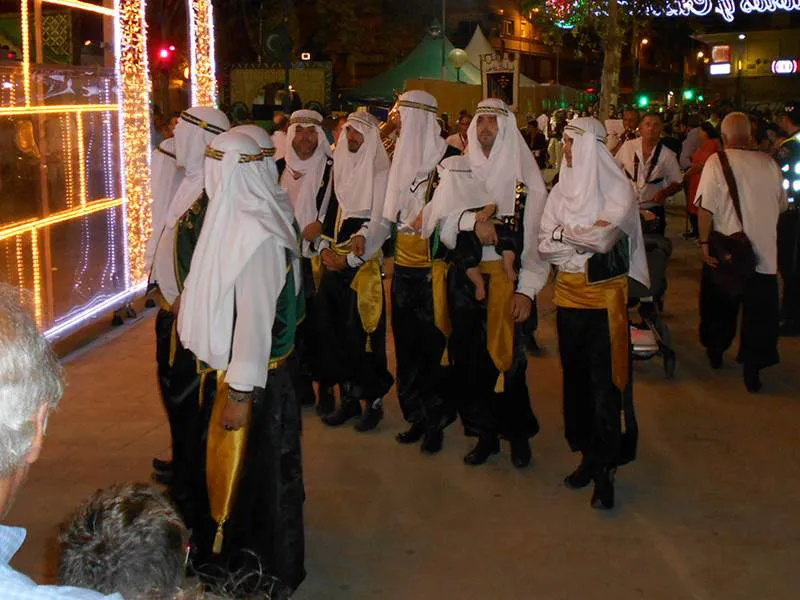
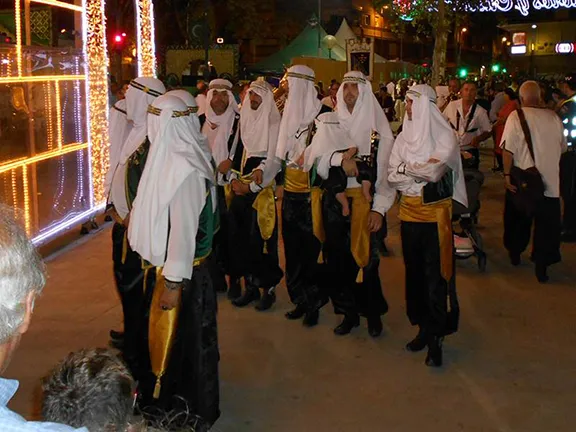
Modern Arabs in Murcia
I have been writing about Andalucia for some 15 years. A major part of the history of the province involves the period 711 to 1492 AD, from when the Moors invaded Spain until they were defeated following the reconquest. I have noticed on my journeys through time that, even in some Spanish sources, there remains some confusion about who was called what, from Muslim to Moriscos. I hope this summary helps.
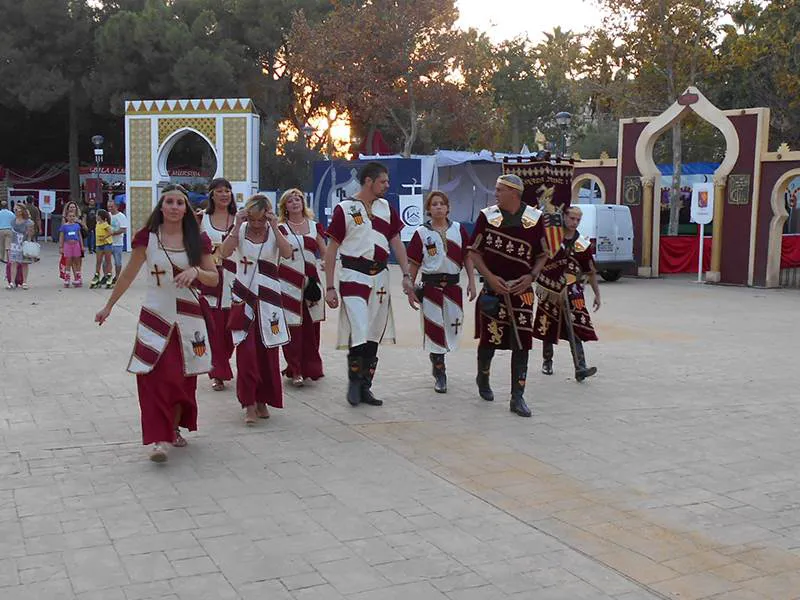
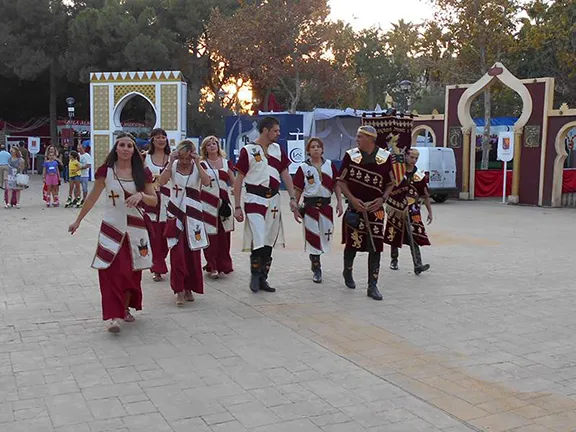
Modern Christians in Murcia
A Muslim is any person that practices any of the branches of the Islamic faith, the religion of the Quran, regardless of where they originate.
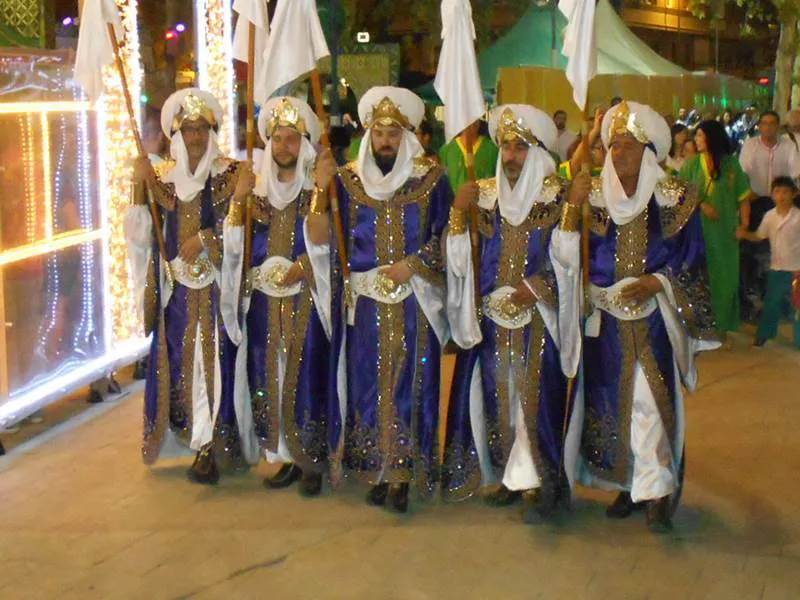
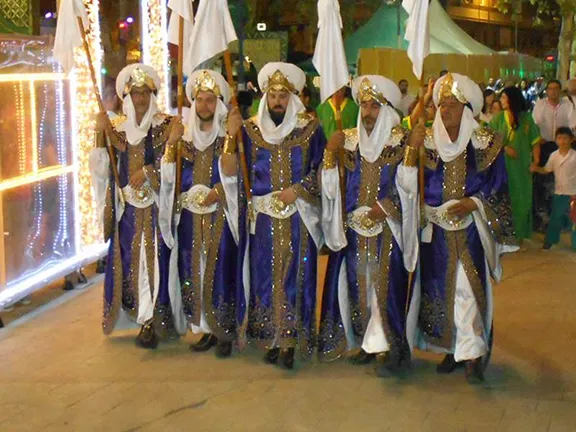
Modern Moors in Murcia
Arabs are people from the Arabian Peninsula. A Moroccan is not an Arab but a citizen from Yemeni is. Abd al-Rahman I (731 – 788 AD), from the Umayyad dynasty that ruled most of the Iberian peninsula as an independent Caliphate, was an Arab. Boabdil (Mohammad XII of Granada 1460 – 1533) on the other hand was a Moor.
Many people imagine the Moors to be Arabs. This is not so. Moors originate in Mauretania, in the north western part of Africa just south of Morocco. Tariq ibn Ziyad, the man who led the Moorish invasion of Spain in 711, was from the Berber tribe, from Mauretania, therefore a Moor. The Almoravid (1040 – 1147 AD) and Almohad dynasties (1130 – 1269) were both Moor, that is, they originated in Mauritania, and they were constantly hostile to each other. The civil wars between these two Islamic Moorish factions meant the beginning of the end for the Muslims in Spain.
Sometimes called Imazighen are indigenous to Morocco, Algeria, Tunisia, Libya, Mauretania, parts of Mali and Niger and western Egypt. They speak a common Berber language and were renowned fighters. They lived in small, nomadic, family groups.
First generation of natives of Hispania that converted to Islam after the invasion.
Second and succeeding generations of Musalimah many of whom, by patronage with an Arab or marriage to an Arab or Berber were also known as 'Mawali'. It was all to do with where you wanted to be in the social structure.
The Christians that lived under Moorish rule were called Mozarabs. Many spoke Arabic and they adopted elements of Arabic culture. They were originally comprised of the Visigoth Christians remaining in Spain plus several Arab and Berber Christians who converted from Islam and later by a few Converso Sephardi Jews. A language of the same name developed amongst this group, a combination of Arabic, Latin and Hispanic. They should not be confused with Mudéjars and Moriscos.
Any member of a monotheistic religion, Judaism, Christianity, Druze, Babism etc., not being Muslim.
Under the Moors, the Jewish community had flourished in Spain. As large parts of the Iberian Peninsula were reconquered the Jews were encouraged to convert to Christianity. In the late 14th century a series of brutal pogroms persuaded many Jews to be baptised, the alternative was death. Those that did convert were called Conversos. Persecution of the Jews in Spain culminated in the Spanish Inquisition.
Mudéjars were Muslims that choose to remain in Spain after the reconquest. They were not forcibly converted to Christianity and not forcibly expelled from their homes or country. Since the reconquest started in 718 AD, the year after the Moorish invasion, and lasted until 1492, Mudéjars and their descendants, existed in various places for varying lengths of time. In many places at different times Mudéjars had protected status under Christian laws.
Saqaliba served or were forced to serve in a multitude of ways: as servants, harem concubines, eunuchs, craftsmen, soldiers, and as Caliph's guards. Slavic eunuchs were so popular and widely distributed that they became synonymous with Saqaliba. Some Saqaliba advanced to hold powerful positions in the army and government. Even becoming rulers of taifas in Iberia after the collapse of the Caliphate of Cordoba in 1031. For example, Mujahid al-'Amiri organized the Saqaliba in Denia to rebel, seize control of the city, and establish the Taifa of Denia (1010-1227), which extended its reach as far as the island of Majorca.
Following the Battle of Granada in 1492, all Mudéjars kept a protected religious status. However, over the following decades those rights were eroded and Mudéjars were forced to convert to Christianity or be expelled from the country. Those that did convert were called Moriscos. The Christian monarchs were sceptical of the conversion, believing that many Moriscos still practised their Islamic faith in secret. Eventually the Moriscos were expelled between 1609 and 1614.
Marranos or crypto-Jews were Conversos who continued to try to practice their Jewish religion. They were victimised and persecuted during the Inquisition.